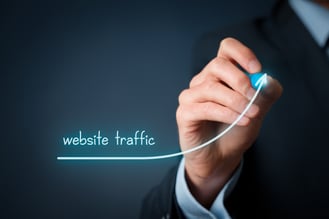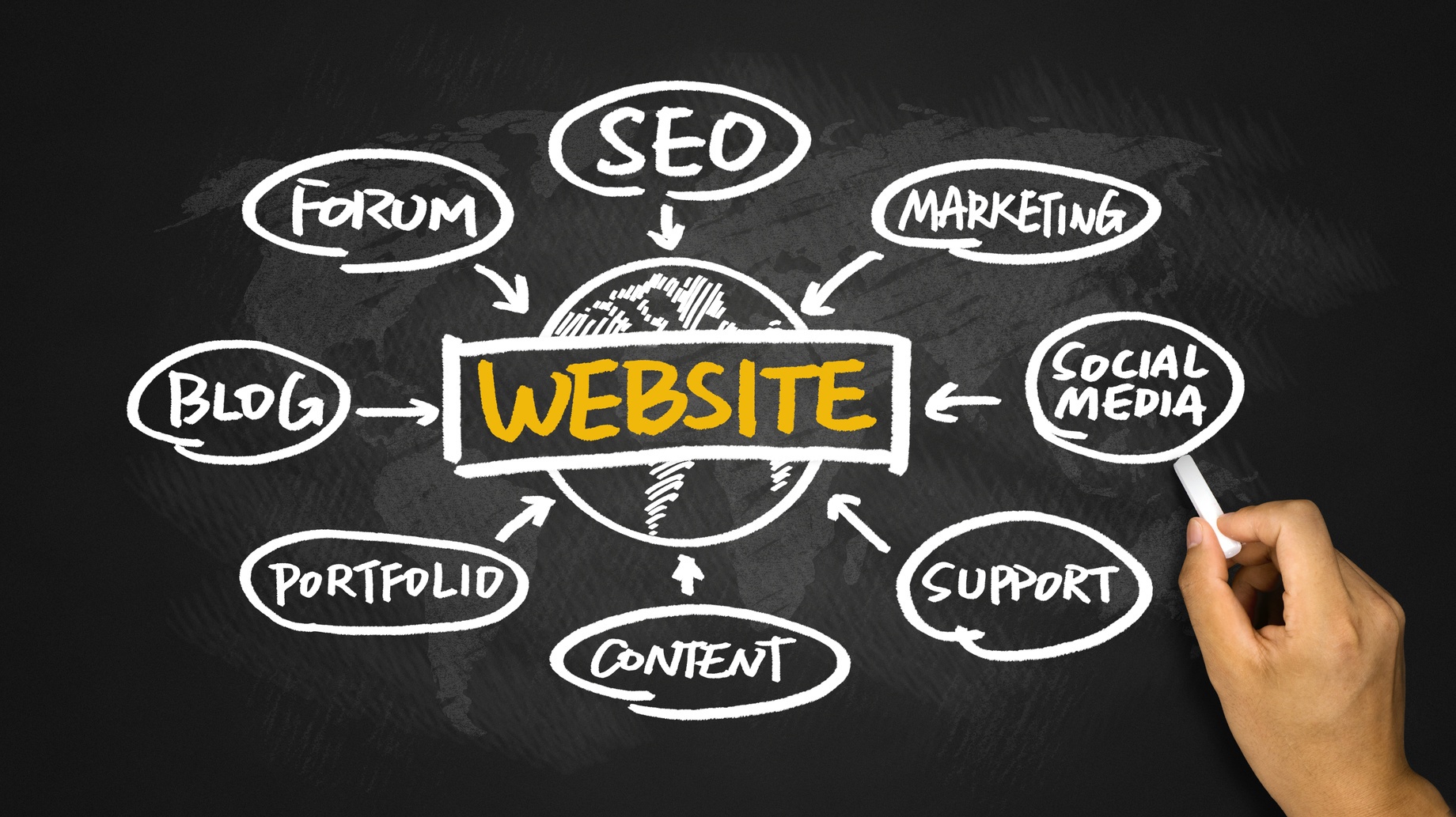 If your AdWords campaigns are working like they’re supposed to, you’ll significantly increase web traffic. If they’re not, your money will be wasted. How do you get your PPC campaigns working for you and not against you? Pay attention to your metrics. But, focus on the ones that matter or you’ll be wasting time, too.
If your AdWords campaigns are working like they’re supposed to, you’ll significantly increase web traffic. If they’re not, your money will be wasted. How do you get your PPC campaigns working for you and not against you? Pay attention to your metrics. But, focus on the ones that matter or you’ll be wasting time, too.
It’s easy to see if you’re getting clicks and it’s pretty simple to watch your conversion tracking. But, the bottom line for you is likely, “How much money am I making in return for my ad spend?” Analyzing various metrics and making changes to your campaign based on what you see is vital. However, it can be difficult to know just what data to pay attention to.
Different factors in an AdWords campaign can affect sales and it’s important to figure out what’s really valuable. Variables you might think critical may actually not be. A sizeable ROI may depend on AdWords metrics that could surprise you in their significance.
1. Long-Tail Keywords Might be a Waste of Money
There’s certainly something to be said for using long-tail keywords in advertising copy, and you’ve probably noticed that lower competition for these keywords means cheaper clicks. But, strategies in favor of long-tail keywords only work up to a point. Looking at the relationship between keyword length and affected ROI, data shows that the most profitable keywords usually contain between 15 and 30 characters. Despite a decent number of clicks due to long-tail keywords, you may find that not one of these clicks actually leads to conversion. So, why not? Keyword terms with 96 characters or such typically get fleshed out, and offer resolution on forums and not landing pages.
2. High CPC Means Low Profitability
On any PPC platform, the more you have to pay for a click, the less profit there is to be had. Many businesses argue, however, that they should pay anything to get a sale. Bidding on keywords with pricey CPCs may seem like a good idea if a sale is nearly assured, but ROI actually decreases rapidly when CPC increases. As an example, e-commerce companies with sales from tens to thousands of dollars should be able to get high performance from high-cost CPCs, right? However, this doesn’t work that way for many companies. It doesn’t even matter if a company is selling expensive products since high CPCs are traditionally linked to low ROI.
3. To Increase Web Traffic, Don’t Completely Rely on Clicks
Getting more clicks doesn’t necessarily mean you’ll get more conversions. For instance, it might be easy to assume that if you have a conversion rate of 5% and a click through rate of 5%, you would double your conversion rate if you double your click through rate. This isn’t usually the case. In some situations, you might find a positive pattern. But typically, increasing your click through rate will decrease your conversion rate. Seem hard to believe? Looking again at e-commerce companies, higher click through rates in general are associated with lower conversion rates.
There really is no magic formula for predicting and capitalizing on PPC efforts. It takes detailed and ongoing analysis of your industry and your actually performance to make the metrics and numbers budge in your favor so you see a boost in ROI. To find out what exactly you should look at in your metrics, and learn how to put PPC to work for you to increase web traffic and conversions, contact Softline Solutions today.




